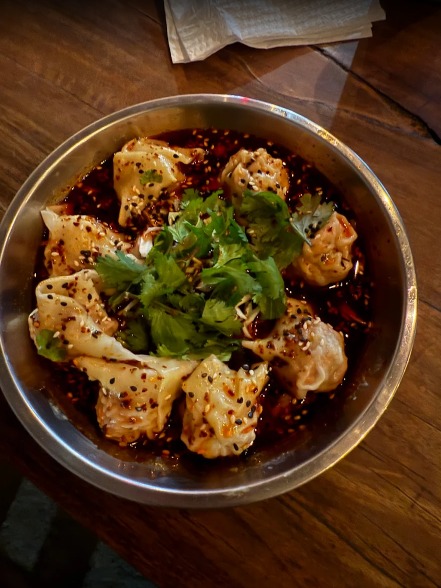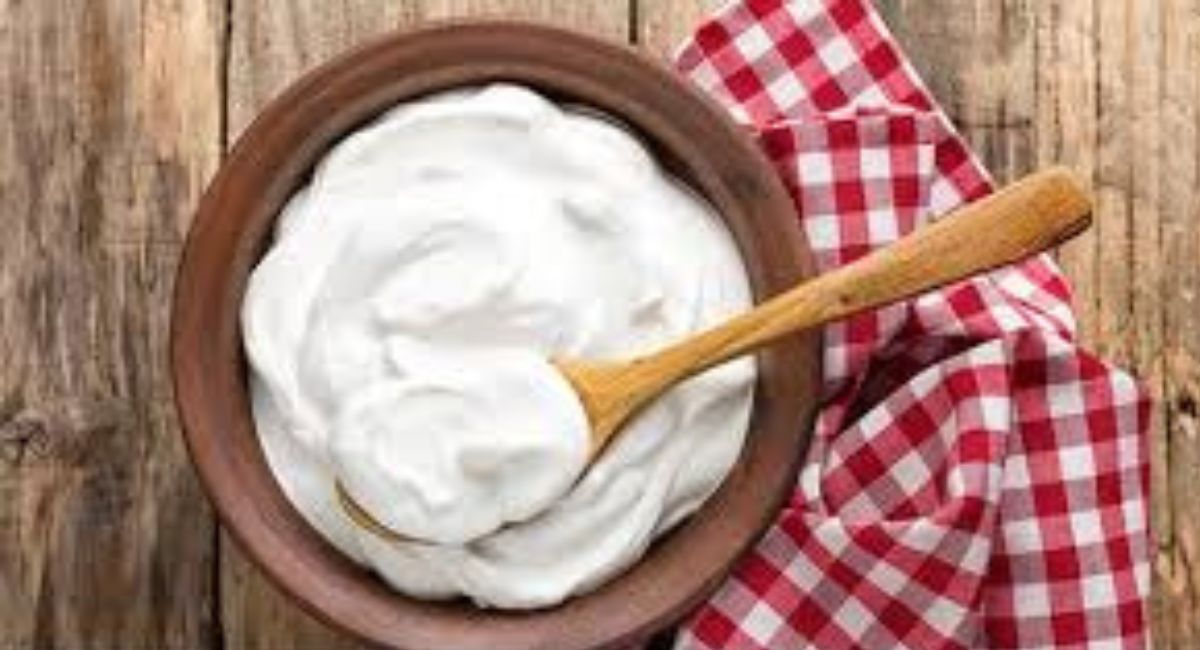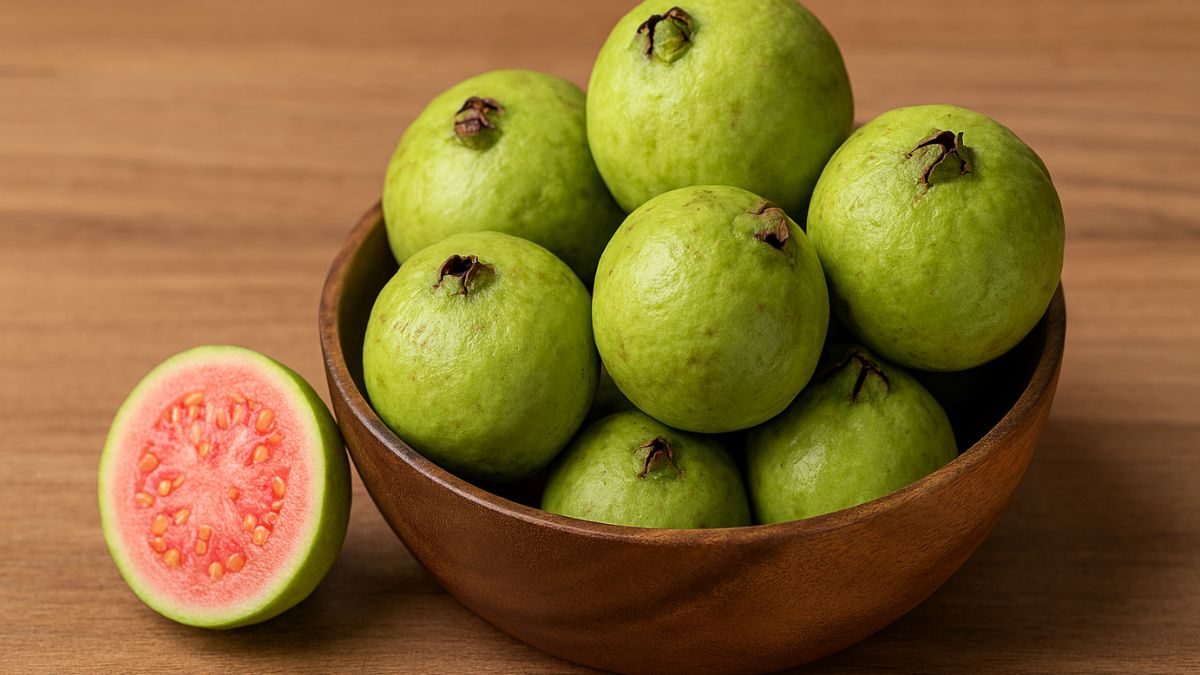• Part 2 appears tomorrow
Roasted beetroot and tomato spelt
beetroot, tomatoes, pearled spelt, garlic, coriander or parsley
Drizzle 4 small beetroot with a little oil, wrap them in foil and place in a roasting tin. Bake at 200C/gas mark 6 for 20 minutes. Open the foil, add 5 garlic cloves, left whole, and 4 largeish tomatoes and cook for another 30 minutes, until the beetroot and garlic are tender. Peel the garlic, then peel and halve the beetroot.
Boil 200g pearled spelt in 400ml salted water for 20 minutes, then drain. Melt a large knob of butter in a frying pan, add the cooked spelt and leave to toast lightly for a minute or two. Add the roast beetroot, garlic, tomatoes and some black pepper, stirring them in gently till the tomatoes burst. Stir in a handful of torn coriander or parsley.
For 2. Frugal, sweet and sharp, with the comfort of warm spelt.
From Eat, Fourth Estate 2013
Baked red mullet with fennel and leeks
red mullet, fennel, leeks, parsley, lemon
Set the oven at 180C/gas mark 4. Halve and trim 150g young fennel. If you are using a plump, older bulb, then shred it finely. Trim 150g young leeks, leaving them whole if they are thin and small; if not, halve them lengthways. Toss the vegetables with 4 tablespoons of olive oil.
Throw in a little chopped parsley and the juice of a lemon. Tip the mixture into a roasting tin. Place 2 red mullet, prepared and trimmed, on top of the vegetables. Brush them with oil from the tin, then bake for 20 minutes or so. For 2. Bright leeks, sweet fish.
Variations
Sea bass, waxy potatoes Place a layer of sliced waxy potatoes in a roasting tin. Toss them with olive oil, shreds of bacon and a little chopped rosemary. Place a cleaned whole sea bass on top, rub with oil and rosemary and bake as above.
A whole baked fish with aubergines Cut a couple of aubergines into small cubes of about 1cm or so. Toss them in plenty of olive oil, salt and chopped thyme. Place in a roasting tin and bake for about 30 minutes at 180C/gas mark 4, tossing occasionally so they cook evenly. When they are golden and thoroughly soft, place a cleaned and prepared whole fish (red or grey mullet, whole sardines) on top, then trickle generously with olive oil, the juice of half a lemon and plenty of salt and pepper. Bake till the flesh of the fish is firm. The exact time will depend on the weight and variety of your fish, but allow about 20-40 minutes. Serve with extra oil and lemon.
From Eat
Root vegetable tangle
potatoes, parsnip, carrots, onion, rosemary, pumpkin seeds
Set the oven at 200C/gas mark 6. Shave 250g potatoes, a large parsnip and 2 large carrots with a vegetable peeler. Peel and finely slice an onion into rings. Toss the potatoes, parsnips, carrots and onion in a large mixing bowl with a heaped tablespoon of rosemary leaves, 5 tablespoons of olive oil and 2 tablespoons of pumpkin seeds, then tip on to a baking sheet. Spread out into a shallow layer. Bake for 20 minutes, till tender and lightly crisp on the edges.
For 2. A light main course. A side dish for any grilled meat.
From Eat
Pork belly with lime and Szechuan peppercorns
pork belly, Szechuan peppercorns, honey, limes, fresh noodles, chives
Cut 300g boned pork belly into cubes about 3cm thick. Heat 2 tablespoons of groundnut oil in a wok, then, when the oil is very hot, add the meat. Brown quickly, then add 2 tablespoons of coarsely ground Szechuan peppercorns, shortly followed by 2 tablespoons of honey and the juice of 2 limes. Continue cooking, moving the meat around the pan for a couple of minutes, then add 200g thick, soft fresh noodles and 4 tablespoons of chopped chives. Let the noodles warm and the chives mellow and soften, then season and eat.
For 2. Sweet, sharp, luscious. The peace of noodles.
From Eat
Pheasant with apples and cider or verjuice
The sharp character of some of our apples (Grenadier, early Worcester, Peasgood's Nonsuch and, of course, the Bramley) offers a knife-edge with which to cut the rich, fungal taste of game birds. Pheasant, partridge and wild duck are all flavours that benefit from the bite of damsons, sour cherries, bitter oranges or a good sharp apple.
As a teenager, I probably ate more pheasant than I have ever done since. We lived in deepest Worcestershire, Dad was a good shot (he trained as a gunsmith) and the birds would often loiter on the lawn, a shimmer of bronze in the autumn light, asking to be lunch.
The traditional way to get round the lack of natural fat in game birds is to cover their breasts with fatty bacon, so it melts and bastes the birds as they roast. But moisture in the pan can work too, in the form of wine or stock, so that the air inside the oven is moist.
To this end, I find a batch of small apples tucked around the bird can help. The fruits split and froth up in the pan, issuing sweetness and, hopefully, a shot of cider-spritz into the juices present in the roasting tin (there are often onions and bacon in there, too). To the pan, I add liquid such as cider or, just as suitable, a glass of verjuice - the light, fruity liquor ('tain't wine, 'tain't vinegar) made from unfermented grapes. It can be difficult to find, so I buy two bottles when I see it. Its extraordinary mellow sharpness, if there can be such a thing, feels as if it were invented for the lean meat of the pheasant.
enough for 2
medium onions 2
unsmoked streaky bacon rashers 4, cut into short lengths
butter a little
sage leaves 3 or 4
verjuice, dry cider or white vermouth 250ml
a pheasant
bay leaves 2
small, tart apples 4-6
Peel and roughly chop one of the onions and put it into a roasting tin with the bacon and a little butter. Leave to cook over a moderate heat until the bacon fat has turned opaque and the onion is starting to soften. This is a 10-minute job. Add the sage, then pour in the verjuice, cider or vermouth.
While the bacon is cooking, set the oven at 220C/gas mark 7.
Rub the pheasant all over with a little butter, salt and black pepper. Cut the remaining onion in half and tuck it inside the cavity with the bay leaves.
Place the buttered bird on top of the softened onions; slit the apples around their middles, then tuck them around the bird and roast for 15 minutes.
Lower the heat to 180C/gas mark 4 and continue cooking for 30-40 minutes, depending on the bird's size. It should be juicy, very slightly pink inside, and the skin should be amber-gold. The aromatics in the tin should have the deep, appley scent of autumn, especially if you have used cider for want of verjuice.
To serve, I tend to put the bird on the table in its roasting tin, deal out the apples, bacon and onion, carve the bird as best as I can - usually something of a hatchet job - then spoon over the thin, flavoursome juices from the tin.
From Tender Vol II: buy it from the Guardian Bookshop here, or as a package with Tender Vol 1 here
Photo: Roasted beetroot and tomato spelt. Photograph: Jonathan Lovekin











